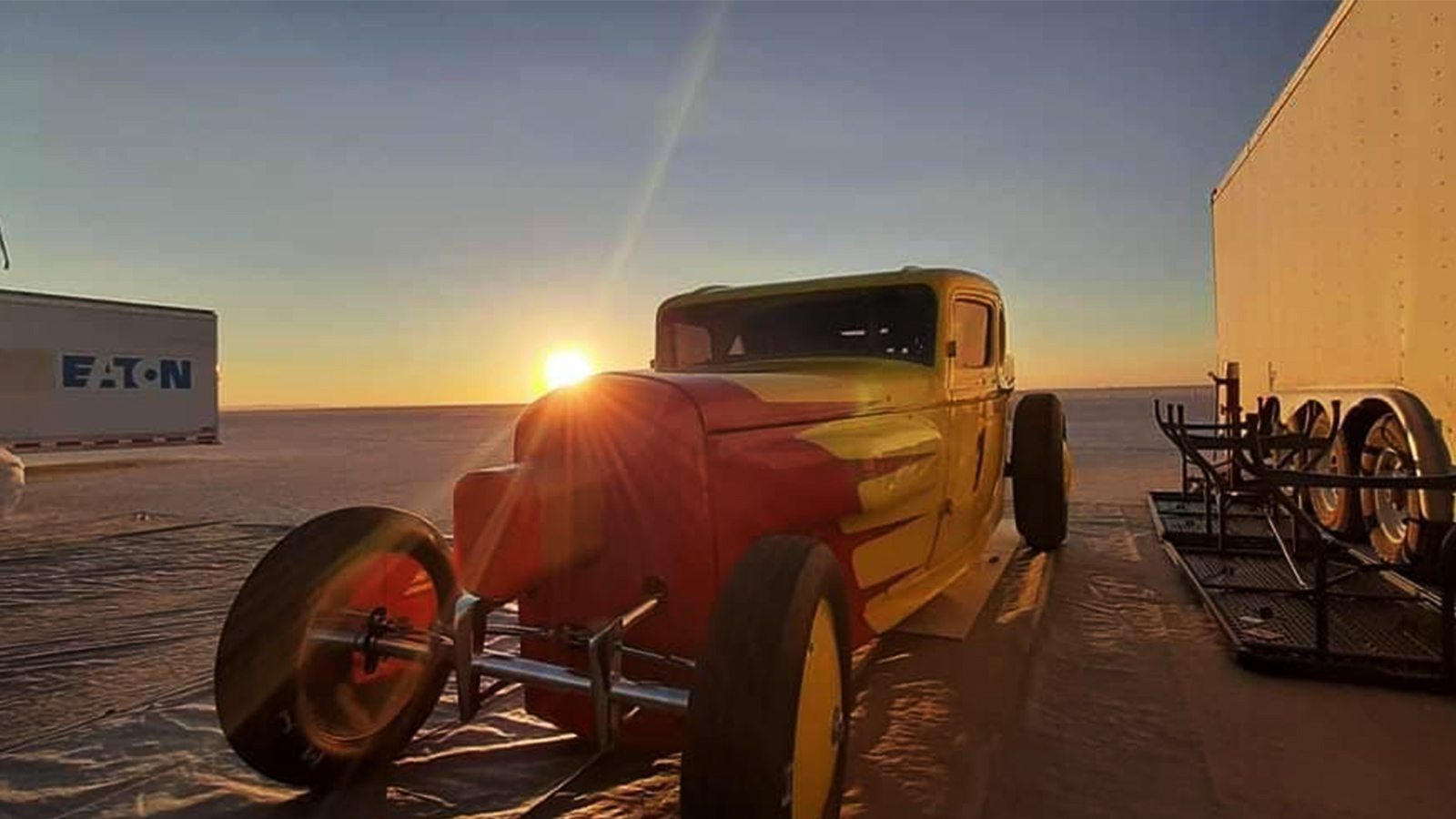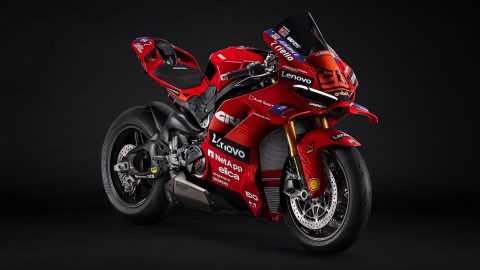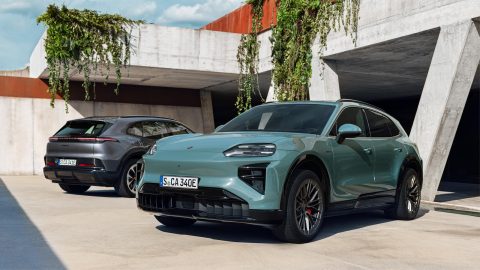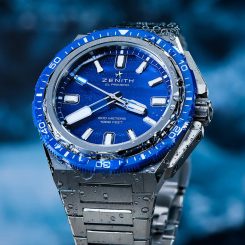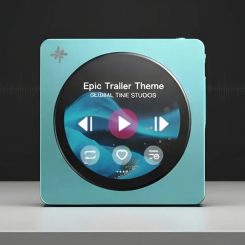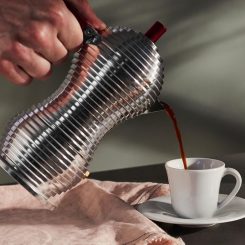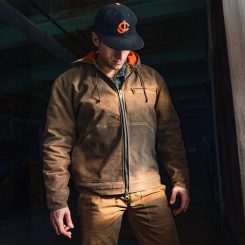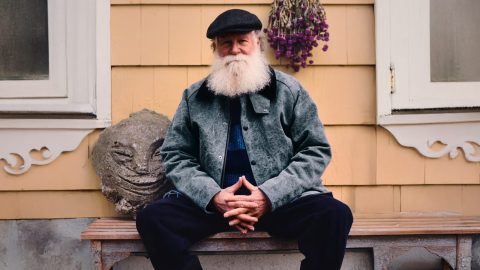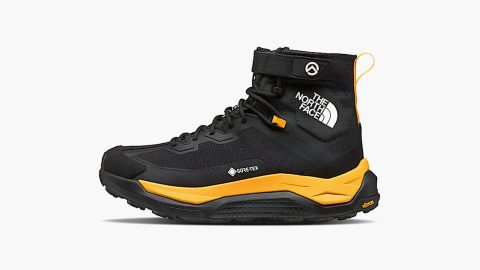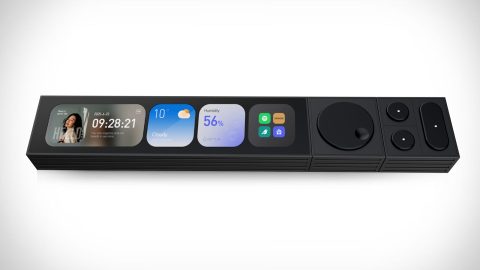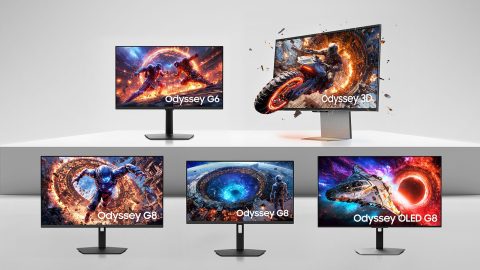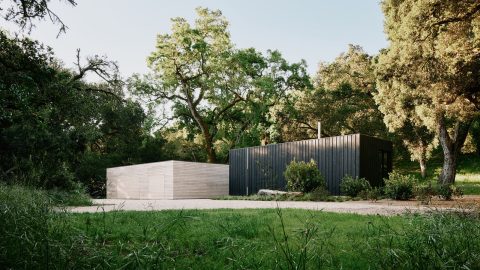Being the star of a TV show is the dream for many. Being the host of a talk show, starring in a sitcom based on their personality, or playing the lead in a well-written character on Netflix’s binge-worthy series. A lot of us want to be famous through television. But what’s it like to star and produce your own TV show? For that, we asked John Hames, host of the American Car Prospector, A car-focused TV show that aired on Discovery, and Velocity, in 2013 and streamed internationally after Hames left Discovery with the rights to his character and TV show.
Hames has been working in front of and behind the camera on various projects while traveling the country as a storytelling transportation aficionado. We wanted to know what it takes to produce a TV show. As with other interviews in our Behind the Wheel series, we try to find people who start from the ground up using rust-proof ambition and stainless steel work ethic. John Hames is a man who started his own TV show, walked away from a major network with the rights to his show, and took what he learned from the experience to continue creating automotive content as The American Car Prospector.
Who is the American Car Prospector (ACP)? He is an explorer, storyteller, investigator, with a fascination for art and science. According to the IMDB page, the show follows Hames as the Car Prospector as he travels the country prospecting for “gold on wheels.” He finds iconic vehicles of the past that have been neglected, abandoned, or forgotten in the derelict barns of any town, USA. During his search for rusty gold, he meets with owners, collectors, and American car culture historians. The Car Prospector will attempt to buy these forgotten cars and give them a new lease on life with a proper restoration while finding out the story behind each vehicle. A car’s worth is so often measured by the quality of the story it tells.
Before hosting and working in broadcast television, Hames had a long standing career working in transportation. He never considered a role in front of the camera. But through his long list of contacts in the field, one day, opportunity rang. Hames got a phone call asking if he would be interested in auditioning to host a TV show. Not being one to say no to trying something new, Hames accepted the challenge with the mindset to play to win. When it came to ACP, Hames took over the character and based him on his personality as a Colorado based cowboy with a passion for all things transportation.
During the interview, Hames described how the business of producing television has changed since 2013. The Discovery Channel isn’t what it used to be. The future is pay-per-view television, as we’ve seen with the increase in streaming services. Streaming online means not being tied down to just one network, one region, or one country. The doors are wide open if you have an idea and are willing to put in the work. One of the biggest obstacles in producing television isn’t the writing, travel, or casting – it’s the insurance. Actors, film crew, rented equipment, vehicles all need to be covered by insurance. It adds up when your production shoot is scheduled for several months.
“You have to be a long-term player in this business,” says Hames. The glamour associated with being in front of the camera is earned, not given. Dealing with agents looking to take more than a piece of your show, working long hours usually at sunrise or sunset for ideal lighting while dealing with the elements, and often working with third party’s schedules. All while trying to meet deadlines.
Nevertheless, car-based television is one of the most popular categories. Just look at how many car shows about restoring vintage cars are currently on the air or available for streaming. There is always a market for it. But filming vehicles is also one of the most expensive and challenging programs to film. Why? Because filming automotive content usually requires borrowing or buying cars and filming them in motion brings its own series of potential dangers. A good example is television host Richard Hammond who has escaped death multiple times as a former host of BBC’s Top Gear, and as current host of Amazon’s The Grand Tour.
Are the perks worth the struggle? According to Hames, they are. And no, he doesn’t mean the money. The most rewarding aspect of being the American Car Prospector is having fans of the show reaching out to invite him to check out their collection of cars, planes, trains, and in one instance, hot air balloons. Hard work always pays off. For Hames, the effort in producing a show has paid off with the opportunity to see some of the most historically significant machines in history in private collections. It has allowed him to see, drive, and experience some of the best car culture has to offer. From driving Porsches around a track, helping race crews at Pikes Peak, or seeing the sun peek over the horizon at Bonneville Salt Flats.
We asked Hames what he would have been doing if ACP never happened. He would have continued to work in transportation in one way or another. With or without a show, Hames is a storyteller. Television has been his tool of choice to tell these stories for nearly ten years now. While not at liberty to discuss in great detail, Hames is currently working on several projects for the near future, but this time behind the camera.
Thanks to high-quality phone cameras and lightning fast internet speeds, creating automotive content has never been more accessible. What we took away from our talk with Hames was whatever you decided to work on, play to win. Giving it a 110% percent may sound like a cliché, but that’s because it works. But beyond hard work, Hames is one of the few people we’ve met that has fun during the long hours and often demanding work environments. Any endeavor, career goal, or business venture is a journey. Like any road trip, the miles pass by a lot smoother when you enjoy the ride and remember to occasionally look back at how far you’ve come.
Anyone curious in seeing clips of the show or seeing what the American Car Prospector is up to can follow him on Facebook.

